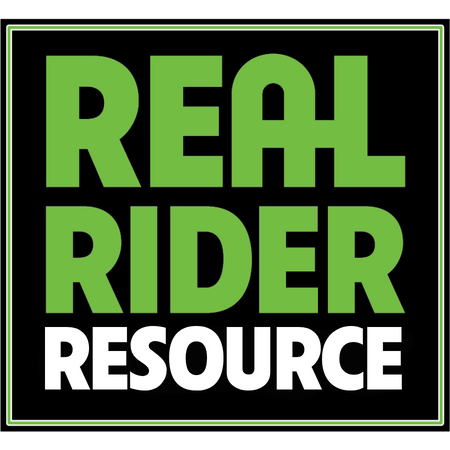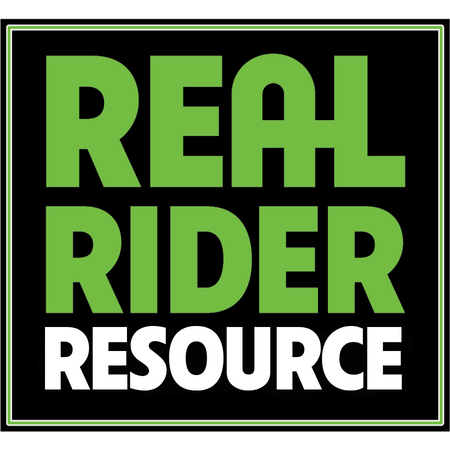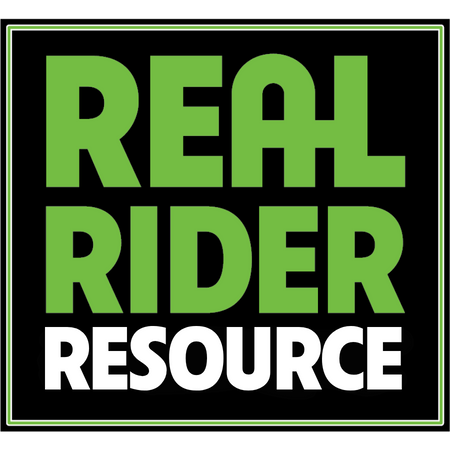Splint Bone Injuries (Splints) in Horses: Causes, Symptoms, Treatment & Prevention
Hot, tender “button” on the cannon? Act early. This guide shows how splints form, what to do in the first 48 hours, and how to prevent hard lumps that can crowd the suspensory.
Anatomy & How Splints Form
The splint bones (MC/MT-II and MC/MT-IV) run along the sides of the cannon bone and fuse progressively with age. Concussive impact, twisting forces, interference, or direct blows can inflame the periosteum and the interosseous ligament between the splint and cannon—this is splint periostitis. Without early care, the body may lay down new bone (exostosis), leaving a firm lump that can, in some locations, crowd the suspensory ligament.
Prevention Mindset Proper conditioning, balanced hoof care, and consistent, forgiving footing reduce the concussive load that sparks splints.
Clinical Signs & Red Flags
- Hot, painful swelling (“button”) on the inside or outside of the cannon (forelimbs most common)
- Localized heat, tenderness to palpation; sometimes lameness
- Worse after hard ground, tight turns, or interference knocks
Call your veterinarian for marked lameness, rapid/persistent swelling, splints high/low near the suspensory, or if you suspect a fracture—radiographs and ultrasound may be appropriate.
Treatment by Phase (Acute → Sub-acute → Remodel)
Acute (Days 1–7)
- REST: stall rest or small pen; avoid circles/hard ground.
- Cold therapy: 15–20 min cold hose or ice boots, 2–3×/day.
- Targeted topical support: apply a thin, stay-put layer of Draw It Out® 16oz High Potency Gel to clean skin; re-check in 15–30 minutes per label.
- Bandaging/wraps only as your vet directs. Systemic anti-inflammatories per veterinary guidance.
Sub-acute (Weeks 2–4)
- Continue rest; begin controlled straight-line hand-walking if comfortable and vet-cleared.
- Topicals: maintain targeted Gel; for larger zones choose the Liniment collection (Concentrate for broad coverage; cooling options for post-work).
- Massage-in recovery support with MasterMudd™ EquiBrace on surrounding soft tissue to aid relaxation and circulation.
Remodeling / Return to Work
- When heat/pain are gone, build back gradually: walk → trot → add turns/poles last.
- Expect a firm bump; many become cosmetic. Monitor that it doesn’t impinge the suspensory.
- Continue strategic topicals after rides (cooling liniment options in the collection).
Prevention: Footing, Conditioning & Hygiene
Smart Training & Footing
- Warm up and cool down properly; limit tight turns and deep or rock-hard going.
- Balanced trims/shoes and interference-prevention boots when needed.
- Progressive conditioning; avoid “weekend warrior” spikes.
Hygiene & Grooming
- Keep stalls and trailers clean with SuperClean™ to reduce bumps/bruise risks and keep legs dry.
- Groom regularly with the ShowBarn Secret® collection to spot knocks early and keep skin healthy.
- Draw It Out® topicals are gentle enough for frequent, label-directed use—ideal for daily leg massages and wraps.
Long-Term Management & Vet Checkpoints
- Imaging if lameness persists or location worries you—rule out fissures/fractures and assess suspensory proximity.
- Bone remodeling: once cool and non-painful, many splints are cosmetic. Track size/photos monthly.
- Whole-horse support: maintain body condition and balanced nutrition (see your existing weight-management resources) to reduce limb load in training.
Product Synergy (How to Apply)
Targeted vs. Broad Coverage
- Draw It Out® Gel: thin, stay-put layer on clean skin over the splint; re-check in 15–30 min.
- Liniment Concentrate: choose when you need broader coverage or cooling options post-work.
- MasterMudd™: massage-in around the area in the sub-acute/remodeling phases.
Skin Comfort Around Wraps
- Rapid Relief Restorative Cream — thin, non-greasy barrier for intact, healed skin irritated by wraps.
- RESTOREaHORSE® Liqui-Gel — stay-put option for localized intact skin areas near rub zones.
Topicals support comfort; they don’t replace veterinary diagnosis, anti-inflammatory plans, or rest.
Splints — FAQ
Is my splint actually a fracture?
Only imaging can say for sure. Fresh, very painful swellings or a history of a hard knock merit radiographs. Don’t work the horse until ruled out.
Will the lump go away?
Heat and pain resolve first. The firm bump often shrinks but may not disappear; many mature splints are cosmetic and ride-safe if symptom-free.
Can splints affect the suspensory?
Some locations can encroach on the suspensory branch and cause irritation. Seek veterinary guidance if the lump is near the suspensory or lameness persists.
Educational note: This guide is informational and not a substitute for veterinary care. Always follow your veterinarian’s advice for diagnosis, anti-inflammatory plans, imaging, and return-to-work timelines.










